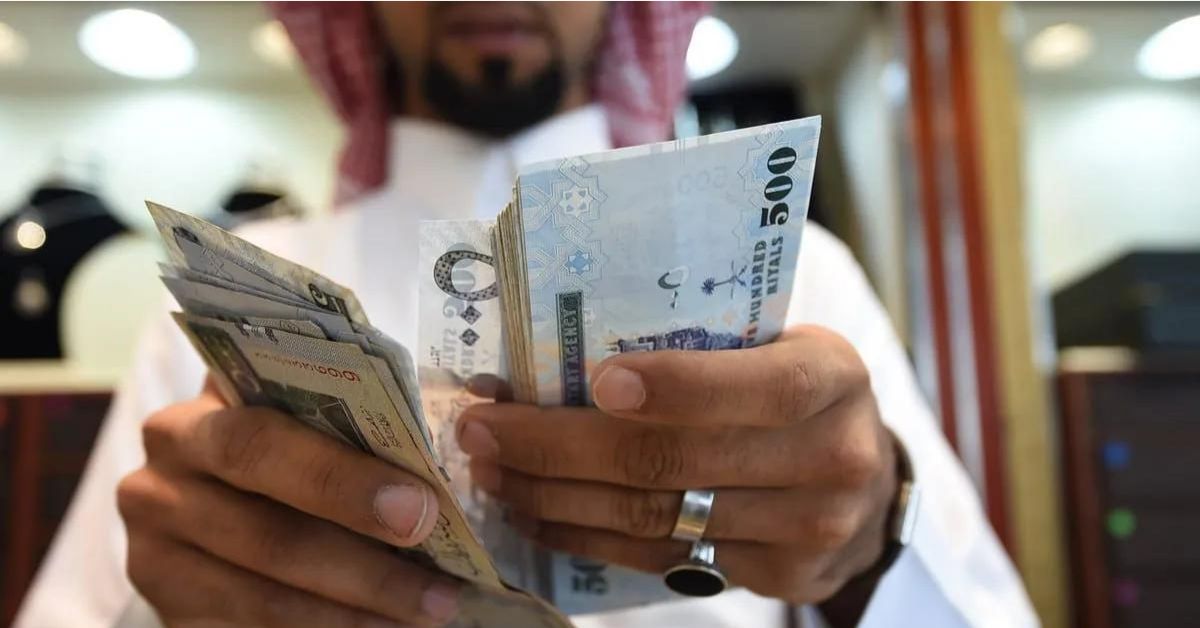RIYADH, SAUDI ARABIA — The Saudi economy is experiencing a boom, driven by high oil prices, increased private investment, and the implementation of reforms.
A recent report by Jadwa Investment reveals that the Saudi economy in July 2023 exhibited fluctuations in some sectors while showing improvements in others. Key observations from the report include:
Real Economy: Despite robust levels of new export orders and business activity, the non-oil Purchasing Managers’ Index (PMI) slightly eased from 59.6 in April to 58.5 in May. However, cement sales and production experienced a rebound in May, with a year-on-year increase of 12% and 20% respectively, accompanied by monthly rises.
Consumer Spending: In May, consumer spending witnessed a remarkable year-on-year rise of 15%, despite a monthly decline of 3.7%. Point of sale (POS) transactions increased by 18% year-on-year, while cash withdrawals rose by 8%.
SAMA Foreign Reserve Assets: The foreign exchange reserves of the Saudi Arabian Monetary Authority (SAMA) increased by $12.3 billion in May, reaching $442 billion. This rise was primarily driven by growth in bank deposits, which increased by $12 billion, and marginally by foreign securities, which increased by $0.6 billion.
Money Supply, Bank Deposits, and Credit: The broad measure of money supply (M3) saw a year-on-year increase of 9.1% in May but declined by 0.8% on a monthly basis. Overall deposit growth slightly eased but remained at 10% in year-on-year terms. The shift from demand to time deposits continued.

Inflation: Consumer prices rose by 2.8% year-on-year in May, with a monthly increase of 0.2%. Within the Consumer Price Index (CPI) basket, the categories of ‘food and beverages’ saw a marginal year-on-year increase of 0.9%, while ‘restaurants and hotels’ experienced a decrease to 5%. The category of ‘housing & utilities’ continued to witness high annual rises, increasing by 8.4% year-on-year, mainly due to rising rental costs for housing.
Labor Market Q1 2023: The unemployment rate for Saudi citizens rose to 8.5% in Q1 2023, up from 8% in Q4 2022. The unemployment rate for females increased to 16.1% in Q1, while the rate for males also rose to 4.6%.
Oil: Oil prices showed mixed signals in early July, with signs of tightening supply countered by concerns about the demand outlook. US crude inventories decreased by nearly 10 million barrels in late June, the largest draw in over a month. However, investment in the US shale sector continued to decline, while traders remained apprehensive about the Federal Reserve’s interest rate intentions.
Stock Market: The Tadawul All Share Index (TASI) experienced a rebound in June, rising by 4% during the month and ending the first half of the year with a 9.4% gain. This monthly rise aligned with the performance of most regional and global markets. Moreover, average daily traded volumes have continued to increase since the beginning of the year.
Furthermore, according to Purchasing Managers’ Index (PMI) data from Riyad Bank, Saudi Arabia’s non-oil private sector expanded significantly in June, with output and new orders rising at accelerated rates, reaching multi-year record levels. The headline PMI number for June was 59.6, higher than May’s 58.5, indicating a strong growth rate above the long-term trend.
Naif Al-Ghaith PhD, Chief Economist at Riyad Bank, stated that the kingdom’s non-oil private sector maintained a steep upward growth trajectory by the end of the second quarter, with increased inflows of new business, particularly in construction and tourism activities. The sub-indices for output and new orders accelerated to multi-year record rates, contributing to the overall strong performance of Riyad Bank PMI.
Employment opportunities continued to grow, with some firms reporting higher wages to retain experienced staff. The employment growth reached its strongest level since August 2015, according to the PMI survey.
Firms have increased their purchasing activity and stocked up inventory in preparation for expected growth in the coming months, leading to a ten-month high in the rate of inventory accumulation. Confidence in the economic outlook remained positive, reaching its highest level since January, as indicated by the PMI survey.







